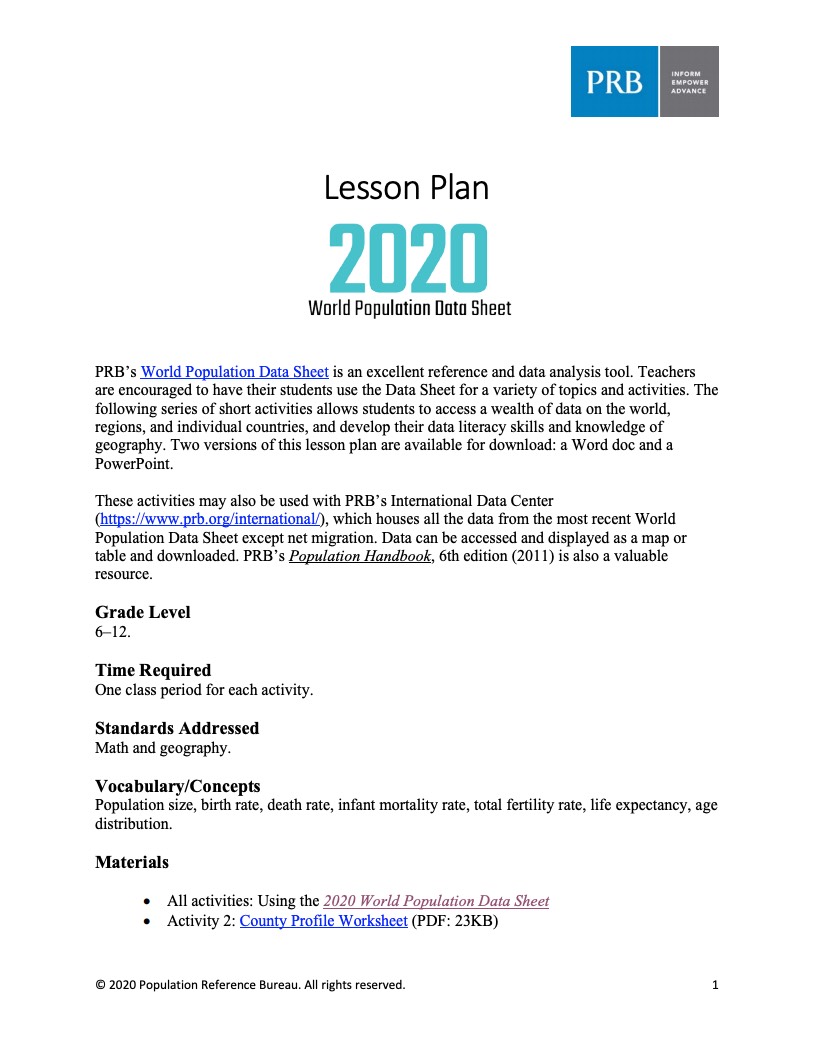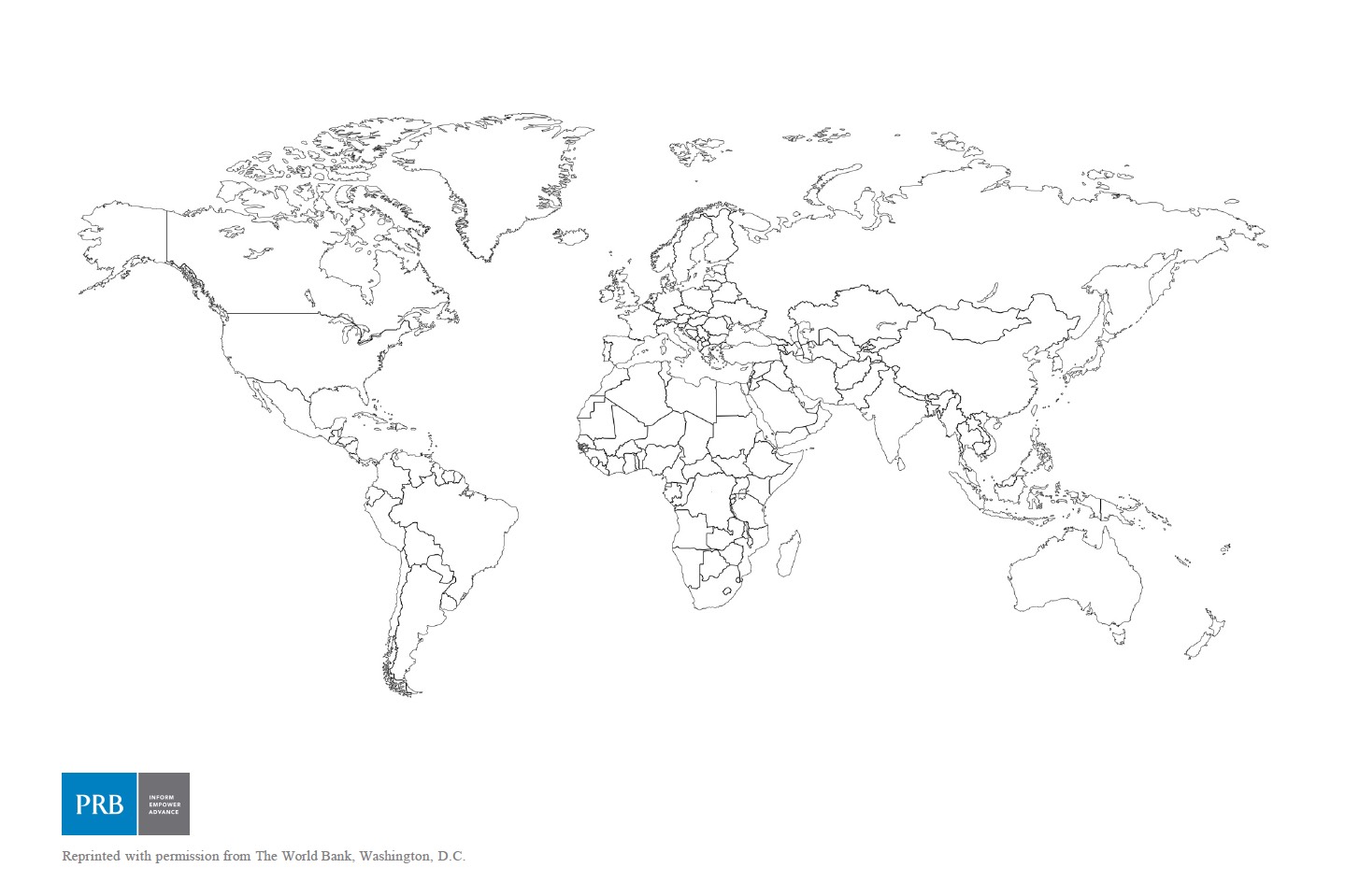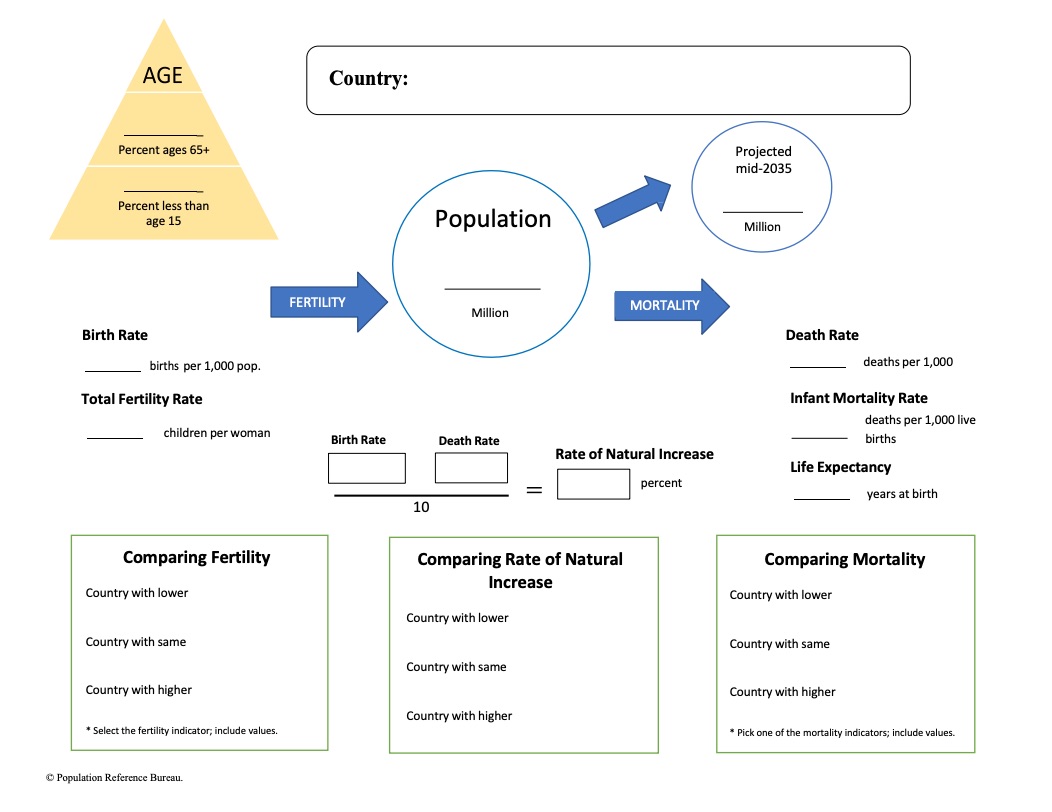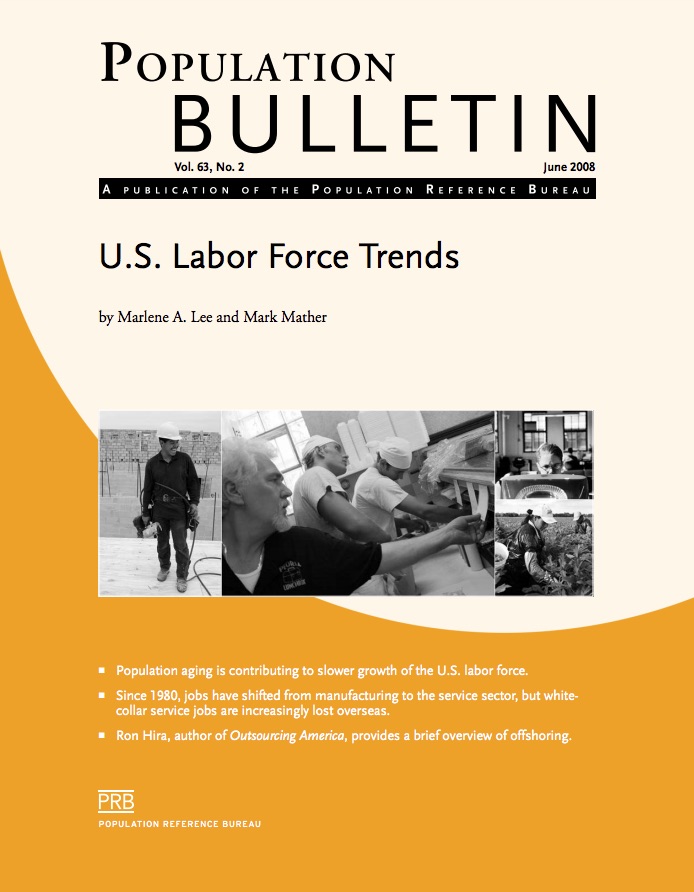505 Search Results Found For : "demographic dividend"

Project: PACE: Policy, Advocacy, and Communication Enhanced for Population and Reproductive Health
2020 World Population Data Sheet Lesson Plan Slidedeck (PPT)
(2020) PRB’s World Population Data Sheet is an excellent reference and data analysis tool. This series of short activities allows students to access a wealth of data on the world, regions, and individual countries, and develop their data literacy skills and knowledge of geography.

Project: PACE: Policy, Advocacy, and Communication Enhanced for Population and Reproductive Health
Lesson Plan. 2020 World Population Data Sheet (PDF)
(2020) PRB’s World Population Data Sheet is an excellent reference and data analysis tool. This series of short activities allows students to access a wealth of data on the world, regions, and individual countries, and develop their data literacy skills and knowledge of geography.
Swing, Bellwether, and Red and Blue States: Demographics and the 2008 U.S. Presidential Election
(2008) Hardly a day has gone by over the past few months without a national poll tracking how this year's U.S. presidential race is going. However, the U.S. presidential election actually is a series of 51 contests (50 states and the District of Columbia).

Blank World Map
A blank map of the world.

Project: PACE: Policy, Advocacy, and Communication Enhanced for Population and Reproductive Health
Country Profile Worksheet
(2020) PRB’s World Population Data Sheet is an excellent reference and data analysis tool. This series of short activities allows students to access a wealth of data on the world, regions, and individual countries, and develop their data literacy skills and knowledge of geography.
Unmarried Baby Boomers Face Disadvantages as They Grow Older
(2014) The U.S. baby-boom generation – those born between 1946 and 1964 – is the largest generation in American history and a major force in the country’s demographic future.
In Philippines, New Data Show Declines in Child Mortality, Fertility
(2010) In 1970, then-President Ferdinand Marcos launched the Philippines' first National Population Program to improve access to family planning to lower fertility and slow population growth. Fertility has declined since then, although the level is still high compared with other countries in Southeast Asia.

U.S. Labor Force Trends
(2008) During the past four decades, baby boomers coming of age and the rise in women's labor force participation increased the size of the U.S. labor force which, in turn, helped fuel economic growth.
